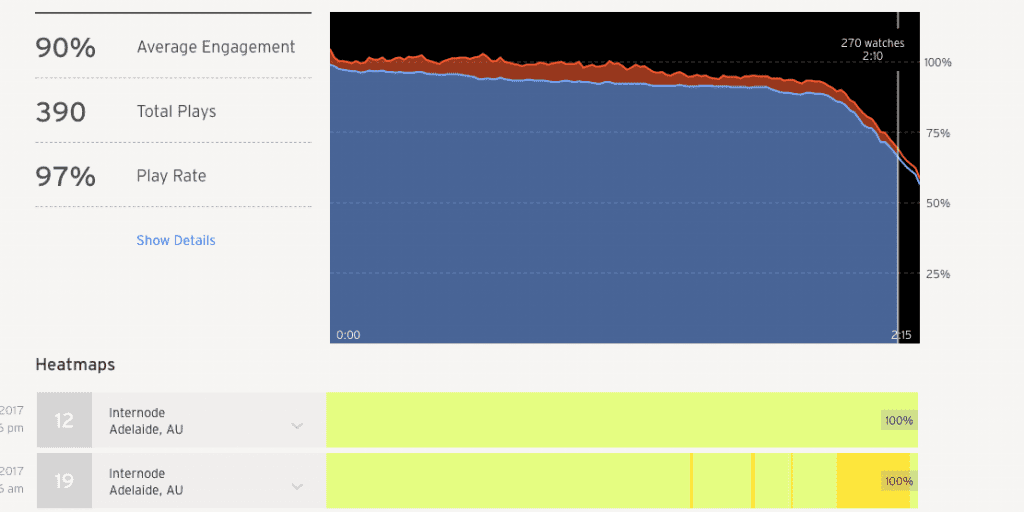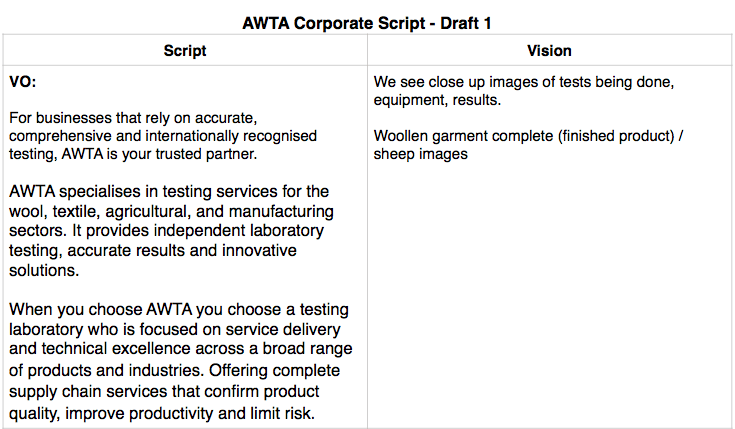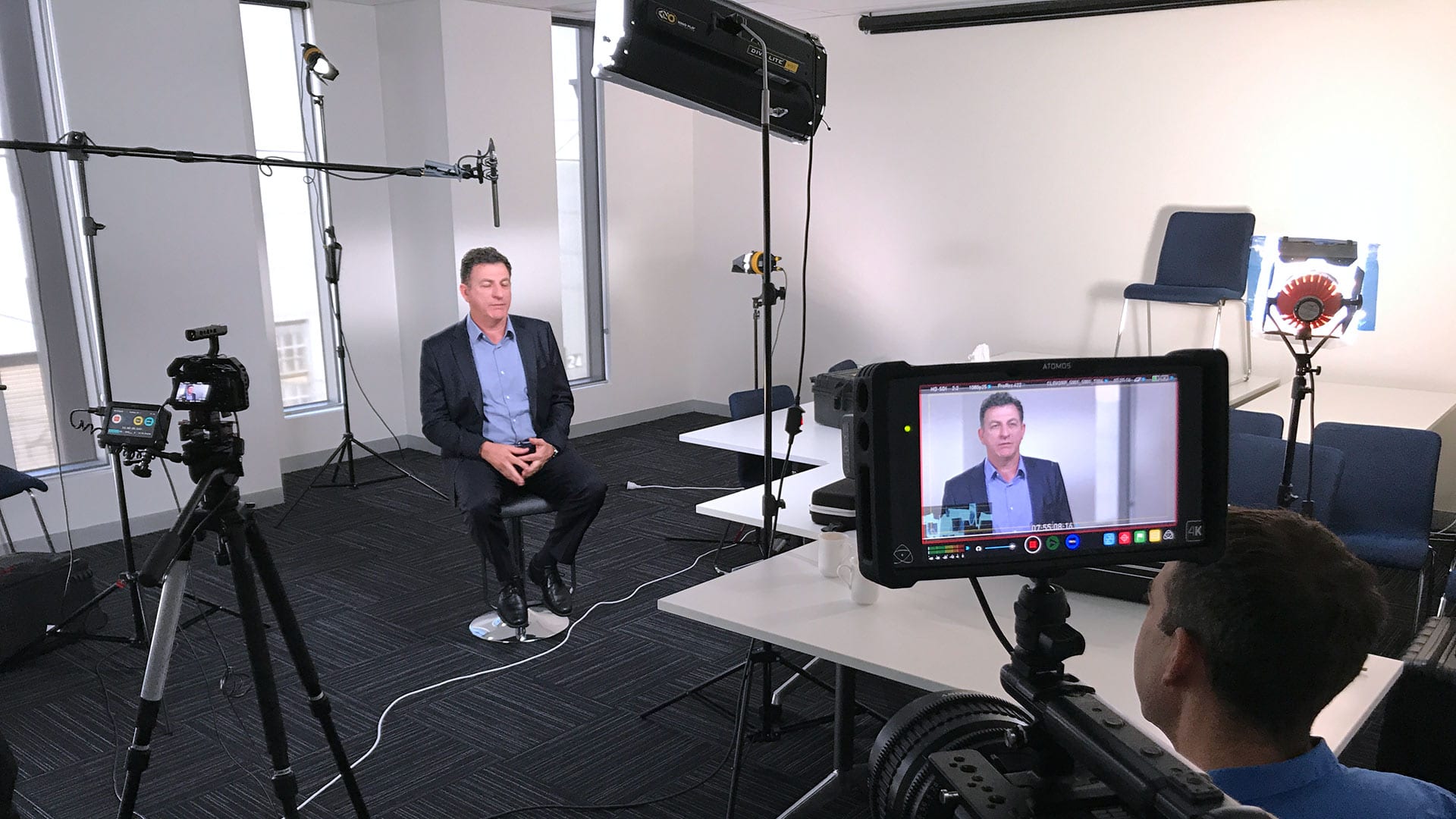There are 300 hours of video uploaded to YouTube every minute. Let that sink in for a moment. This is why making your video unique is such an important part of creating a successful video marketing campaign. Here at Dream Engine, we like to keep on top of trends and styles to see different approaches to video marketing. By doing this however, we see a lot of the mistakes people can make in their videos that can be easily avoided with the right know-how and experience.
Here are five of the most common video marketing mistakes, so you don’t have to make them!
Nobody sees it
As simple as it sounds, the number one problem being faced by video marketers is not being see. After all, is that not the point of marketing? To put your product in front of people who haven’t seen it? So what is going wrong with these videos? The main mistakes occur after the video has been made. People won’t just find your video if you upload it to YouTube or Vimeo and just leave it there. How will people know what to seek out of you haven’t done any promotion amongst the 300 hours of other content uploaded in the past 60 seconds. You need a strategy for how you are going to get the right people watching your video. There are many ways to do this, some people allocate some of their marketing budget to promoting videos on sites like Facebook, but there are plenty of free ways to enhance your reach without breaking the bank. For more information on improving your video SEO take a look at this post. The main point is that being active in getting your video in front of people is the only way to ensure it’s being seen.
It’s Not Engaging
 The internet is a distracting place and your video will be vying for attention amidst a whole world of entertaining videos. The best way to rise above the competition is to make something concise and engaging. That’s easier said than done as there is no set of guidelines for what makes a video engaging. However here is a simple rule of thumb that will set you off in the right direction. “Show don’t tell,” is an old industry adage that basically means to not patronise your audience by telling them everything directly through dialogue. Video is obviously a visual medium so you can show your audience something emotional, rather than telling them how to feel. You shouldn’t have to resort to tell your audience to buy something, or use your service, you should create videos that encourage engagement, and as a result will give your audience a connection wth your brand.
The internet is a distracting place and your video will be vying for attention amidst a whole world of entertaining videos. The best way to rise above the competition is to make something concise and engaging. That’s easier said than done as there is no set of guidelines for what makes a video engaging. However here is a simple rule of thumb that will set you off in the right direction. “Show don’t tell,” is an old industry adage that basically means to not patronise your audience by telling them everything directly through dialogue. Video is obviously a visual medium so you can show your audience something emotional, rather than telling them how to feel. You shouldn’t have to resort to tell your audience to buy something, or use your service, you should create videos that encourage engagement, and as a result will give your audience a connection wth your brand.
It’s not telling a story

Just like “show, don’t tell,” telling a story with a beginning, middle and end will help get your message across and make more engaging content. This is because a (good) story creates intrigue and a desire to find answers. As curious beings, we love stories, and one of the best ways to create a story in a corporate context is to make a corporate documentary. To learn more about what a corporate documentary can do in creating a story about your business, read this blog post we wrote on the topic.
It’s Aimed at the Wrong People
Identifying your target audience before you put pen to paper and commit to a script will help ensure that your content will be valuable and relevant. With a whole world of information available at the touch of a button, viewers will only stick around if you’re giving them the right information, otherwise they’ll have plenty of other places to go. So make sure your content is relevant! This leads me into my next point:
It’s Too Broad
These mistakes is simple, you can’t properly target your audience when you try to cover too much. If your message is too broad, or your video too long and rambling, then it becomes less valuable. Worse still, the video tends to get longer and longer to accomodate all the information. Seeing a video that requires a significant investment of time (usually longer than 5 minutes) is an easy way to lose viewers.
If you want to create an effective video marketing campaign then contact Dream Engine today.

Ryan Spanger is the founder and managing director of Dream Engine, a Melbourne-based video production company established in 2002. With more than two decades of experience, Ryan has helped leading Australian businesses, government departments, and non-profits communicate their message with clarity and impact through video. He’s known for his strategic approach, reliable process, and commitment to producing videos that deliver measurable results.

